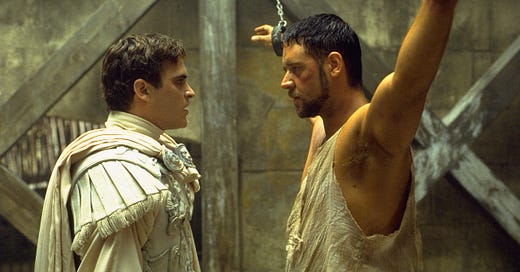Act I: Inciting Incident/Call to Adventure
Let’s continue with our breakdown of the crucial Story Elements that are part of the DNA of any story.
In the the First Act— the first 30 minutes of a movie/30 pages of a script/100 pages of a book, these cornerstone elements include—not necessarily in this order! —
The Protagonist’s Ordinary World
The Inciting Incident, Inciting Event, or Call to Adventure
The Progatonist’s Desire
The Protagonist’s Plan
The Antagonist/Forces of Antagonism
The Antagonist’s Desire and Plan
Assembling the Team
The Crossing into the Special World
Sequence 1, the first 15 minutes of a movie, corresponding to about the first 50 pages of a 400-page book, tends to be about the Introduction of the Protagonist in their ORDINARY WORLD.
(Review the 3-Act, 8-Sequence Structure.)
We learn the Protagonist’s SPECIAL SKILLS, their GHOST or WOUND, and what they think they want, their OUTER DESIRE, which is often different from what they really need: their INNER DESIRE.
And by the end of Sequence One there will usually be an INCITING INCIDENT, or CALL TO ADVENTURE, that in SEQUENCE TWO will focus the Protagonist’s Desire and compel them to leave their Ordinary World and go off into a strange and SPECIAL WORLD to win that Desire.
The Protagonist may also start to ASSEMBLE A TEAM (or a team arrives, courtesy of the Universe) who will help them win their Desire (though the TEAM might also arrive at the beginning of Act II).
Also in Act I, we will be introduced to the ANTAGONIST or Villain, the FORCES OF ANTAGONISM. In certain genres, we may meet the Villain and learn at least part of their PLAN in the very first scene or sequence, in a kind of TEASER opening.
Yes, that’s a whole lot of elements to set up fast! But don’t stress. You don’t have to do it all at once! Getting these Act I elements right often takes several drafts.
Keep reading with a 7-day free trial
Subscribe to Screenwriting Tricks for Authors to keep reading this post and get 7 days of free access to the full post archives.



